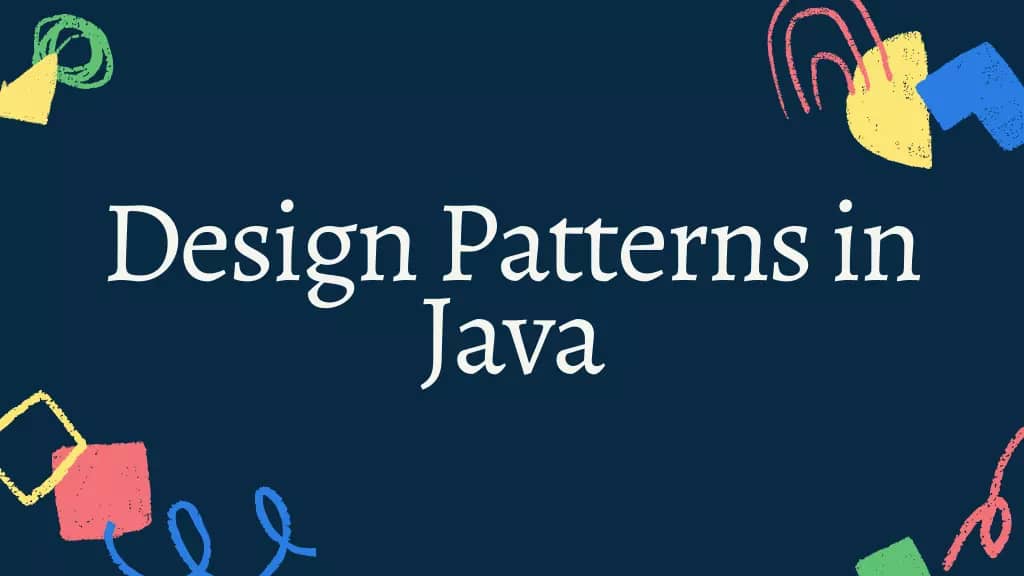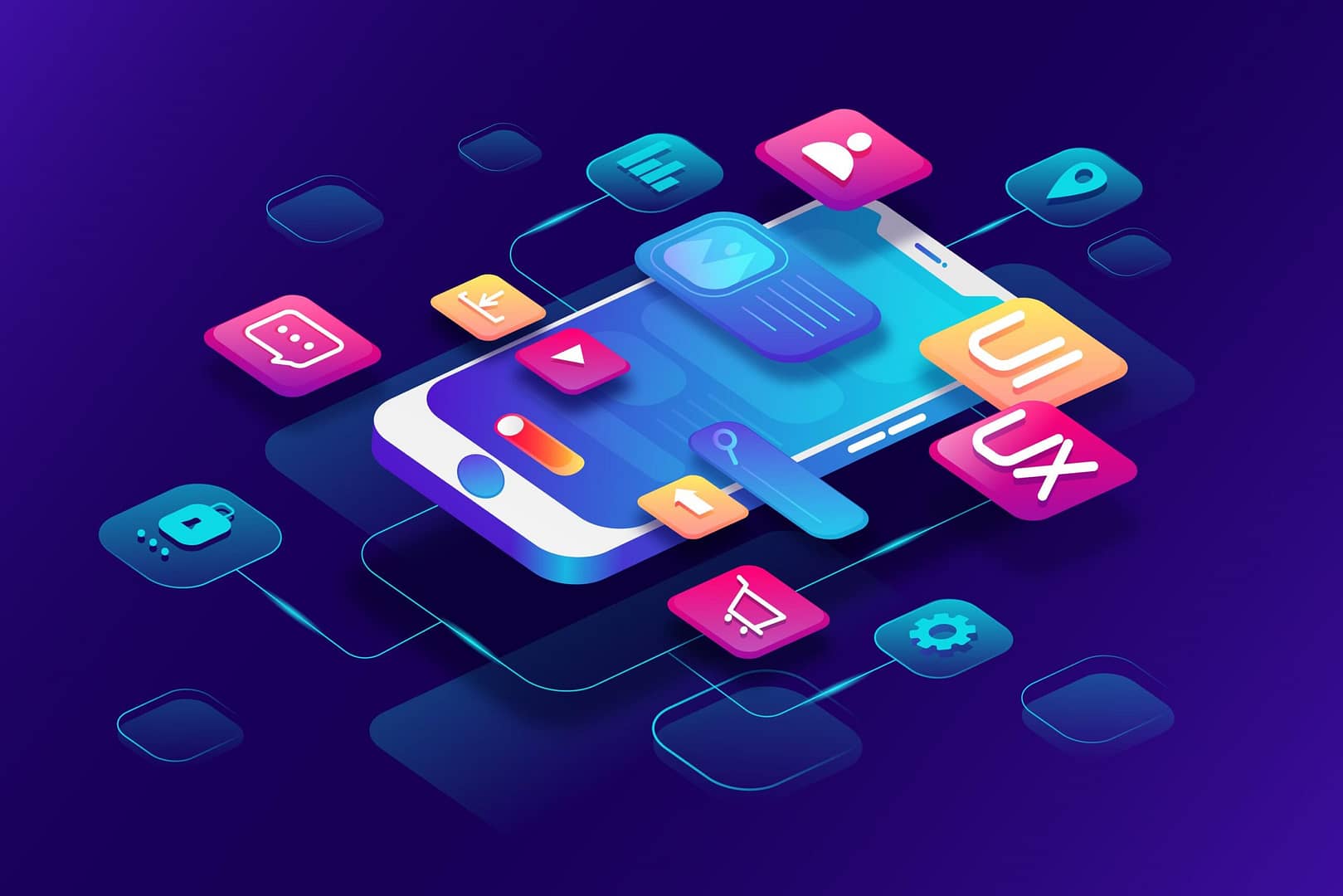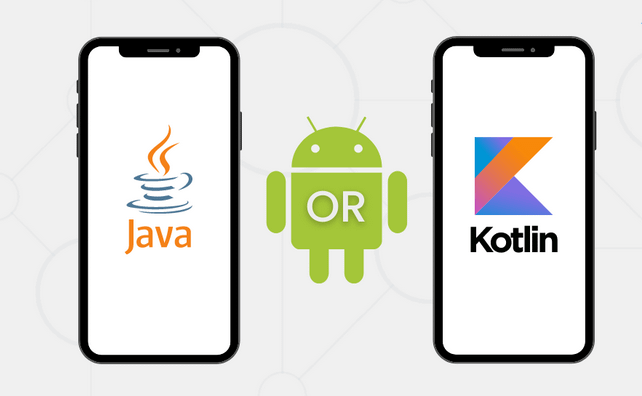
Blog Articles
A Comprehensive Guide to Java Creational Design Patterns
Table of Contents
Introduction
Java, as a versatile and widely adopted programming language, places paramount importance on crafting code that goes beyond mere functionality, aiming for elegance, maintainability, and adherence to industry best practices. In the dynamic landscape of software development, where challenges often recur, Java design patterns emerge as a guiding compass. These patterns are not arbitrary constructs but rather distilled wisdom, encapsulating years of collective industry knowledge and hands on experience. They serve as solutions to the perennial design challenges confronted by developers, providing a standardized, battle-tested approach to architecting software systems.
By embracing these patterns, Java developers embark on a journey that transcends the immediate task of writing code, fostering a culture of excellence, scalability, and longevity in software development endeavors. It’s a testament to the collaborative evolution of the Java ecosystem, where each design pattern embodies a lesson learned and a solution refined through the example of real world development scenarios.
Significance of Java Design Patterns
At its core, a design pattern is a reusable solution to a common problem encountered in software design. Java design patterns provide a set of proven solutions that have stood the test of time, offering a structured and organized way to solve recurring issues. They empower developers to create code that is modular, maintainable, and scalable, aligning with the principles of good software architecture.
Concept of reusable and proven solutions
The concept of reusable and proven solutions lies at the heart of design patterns in software development. In the ever evolving landscape of programming, developers often encounter recurring design challenges. Design patterns provide battle tested approaches to common problems, avoiding reinventing the wheel for each occurrence in software development. In software engineering, encapsulating proven solutions into design patterns realizes reusability, a fundamental principle. These patterns, shaped by years of industry expertise, provide developers with a set of established templates and guidelines.
By using these patterns, developers accelerate the development process and inherit refined, optimized solutions. This concept transcends individual projects, fostering a collective wisdom that permeates the broader software development community. Design patterns act as solution repositories, empowering developers to efficiently handle common challenges with shared knowledge, consistency, and efficiency.
Creational Design Patterns
Creational design patterns form a category of design patterns in software development that focus on the process of object creation. These patterns provide solutions to the various challenges associated with creating instances of classes or objects, ensuring flexibility, reusability, and encapsulation of the instantiation process. Creational design patterns abstract the instantiation process, making it more independent of the system or client code that needs to create objects.
Key creational design patterns:
1.Singleton Pattern: Ensuring Single Instance
The Singleton pattern ensures a class has a single instance and offers global access to that specific instance.
In scenarios requiring exactly one instance of a class to control actions or manage resources, this pattern proves particularly useful.
Use Cases:

Configuration Management
Singleton is often employed to manage global configurations, ensuring that settings are consistent throughout the application.

Logging Service
In logging mechanisms, a Singleton ensures a single point of access to log entries, maintaining a centralized logging instance.

Database Connection Pooling
When managing a pool of database connections, Singleton ensures that there’s only one pool instance, avoiding unnecessary resource allocation.

Thread Pooling
Singleton can be used to manage a shared thread pool instance, coordinating and controlling the concurrent execution of tasks.
Implementation Details
Factory Method Pattern: Dynamic Object Creation
The Factory Method pattern, within creational design, provides a superclass interface for object creation, allowing subclass modifications. It encourages loose coupling between client code and instantiated classes, offering flexibility in creation.
Benefits

Flexibility in Object Creation
The Factory Method pattern allows clients to create objects without specifying their exact classes. This flexibility is beneficial when the client code is not aware of the concrete classes it needs to instantiate, promoting a more dynamic and adaptable system.

Encapsulation of Object Creation Logic
The creation logic is encapsulated within the Factory Method, providing a centralized place for object instantiation. This encapsulation simplifies the client code, which doesn’t need to be concerned with the details of object creation.

Promotion of Code Reuse
The Factory Method pattern promotes the reuse of existing code. Clients can use the same interface to create different types of objects by employing various Factory Method implementations. This reuse is particularly valuable when creating families of related objects.

Consistent Object Initialization
The Factory Method pattern ensures that objects are initialized consistently according to a predefined pattern. This consistency is valuable in scenarios where certain steps or configurations need to be applied during object creation.
Implementation
Abstract Factory Pattern:
The Abstract Factory Pattern creates families of related or dependent objects without needing to specify their concrete classes. This pattern involves four key components: an Abstract Factory Interface, which declares creation methods for various types of products; Concrete Factories, which implement these creation methods to produce specific products; Abstract Product Interfaces, defining interfaces for different types of products; and Concrete Products, which implement the interfaces declared by the abstract product interfaces.
Builder Pattern separates complex object construction from its representation, aiding concern separation in software design for better maintainability.
Benefits of Abstract Factory Pattern

Abstracts Product Creation
The Abstract Factory Pattern abstracts the process of object creation. Clients interact with the factory interfaces and products through abstract types, making it easier to change the concrete implementations without affecting the client code.

Consistency in Product Families
The pattern ensures that the created objects are compatible with each other. This is because all products created by a single factory will belong to the same family and are designed to work together seamlessly.

Isolation of Concrete Classes
The client code is isolated from the specifics of object creation. It does not need to know the details of how each product is instantiated; it simply relies on the factory interface.

Enhances Maintainability
If you need to change the way objects are created or introduce a new family of products, you can do so by modifying the concrete factories without impacting the rest of the application.
Builder Pattern
The Builder Pattern decouples complex object construction from its representation, facilitating separation of concerns in software design.
The pattern comprises four key components: a Director, orchestrating construction using a Builder Interface; the Builder Interface, declaring construction steps; Concrete Builders, implementing the Builder Interface; and the Product, representing the complex object. Enabling a unified construction process crafts diverse object representations, ensuring flexibility, reusability, and simpler maintenance in complex systems.
Below is the benefits of Builder Pattern:
Benefits of Builder Pattern

Variety in Object Construction
The pattern allows for the creation of different representations of a complex object by using different concrete builders. The construction process remains the same, but builders produce diverse configurations of the final product.

Step-by-Step Construction
The construction process is broken down into step-by-step procedures, providing finer control and customization during the building of the product.

Product Isolation
The constructed product is isolated from the construction process. Clients interact with the director and builders without needing to be aware of the internal structure of the product.

Reusability of Components
Builders can be reused for constructing different variations of the product. The director coordinates the building process, and builders handle the details of constructing individual parts.
Prototype Pattern
The design pattern, aptly named the Prototype Pattern, creates new objects by copying an existing object, known as the prototype. The Prototype Pattern is a design pattern that enables the creation of new objects by copying an existing object, known as the prototype, eliminating the necessity for explicit instantiation. It involves two key components: a Prototype Interface, which declares a method for cloning itself, and Concrete Prototypes, which implement the prototype interface to define the cloning operation. This pattern offers a flexible and efficient approach to object creation, allowing developers to replicate existing objects dynamically, avoiding the constraints of explicit instantiation and promoting runtime customization of objects with varying attributes or configurations.
Benefits of Prototype Pattern

Dynamic Object Creation
The Prototype Pattern enables the creation of new objects at run time by cloning existing objects, providing a dynamic approach to object instantiation.

Avoids Subclassing
Unlike traditional inheritance, the Prototype Pattern allows the creation of new objects without relying on a fixed class hierarchy. Objects can be composed or modified at runtime.

Improved Performance
Cloning an existing object is often more efficient than creating a new one from scratch, especially when the object creation process is resource-intensive.
Conclusion
The Prototype Pattern creates new objects by copying an existing one (prototype), removing the need for explicit instantiation. It involves two key components: a Prototype Interface, which declares a method for cloning itself, and Concrete Prototypes, which implement the prototype interface to define the cloning operation. With this blog of Innostax you can understand this pattern as it offers a flexible and efficient approach to object creation, allowing developers to replicate existing objects dynamically, avoiding the constraints of explicit instantiation and promoting runtime customization of objects with varying attributes or configurations.

Get a Fast Estimate on Your Software Development Project
We are committed to delivering high-quality IT solutions tailored to meet the unique needs of our clients. As part of our commitment to transparency and excellence, we provide detailed project estimations to help our clients understand the scope, timeline, and budget associated with their IT initiatives.
Related Post









